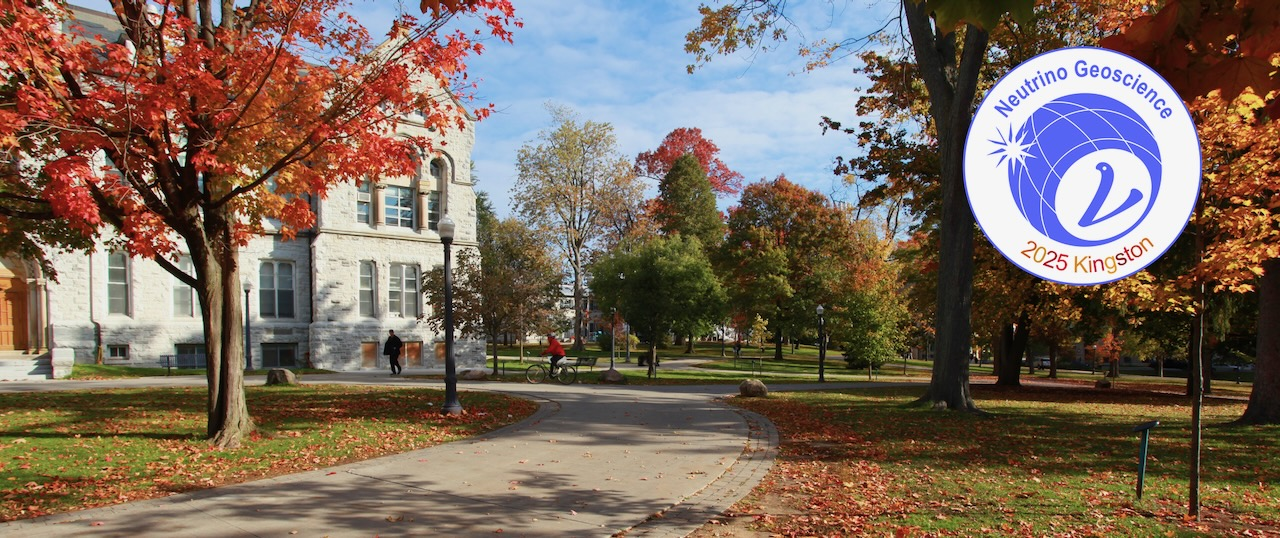Speaker
Description
Nuclear emulsion is a radiation detector composed of silver bromide crystals dispersed in gelatin that records charged-particle tracks as sequences of silver grains with submicron spatial resolution. Although high energy tracks recorded in emulsion can be analyzed with the world fastest readout system (Hyper Track Selector 2: HTS2) , fast and precise detection of α-particle tracks has remained limited. In this study, motivated by geoneutrino measurements, we aim to precisely determine the distributions of uranium and thorium that constitute a dominant background. We expose emulsion to α rays emitted from rocks and apply the YOLO (You Only Look Once) object-detection framework to HTS2 images to accelerate track finding. This approach automatically and accurately identifies α tracks, shortening analysis time relative to manual visual inspection. The method enables visualization of the spatial distribution of α-emitting minerals in granite and thereby supports improved estimation of crustal radioelement distributions relevant to geoneutrinos. Quantitative evaluations of detection efficiency and false-positive rate are in progress. While machine-learning–based methods for nuclear emulsion have been reported, to our knowledge this is the first application that targets stand-alone detection of α-particle tracks. [1],[2]
[1]J. Yoshida et al., Nucl. Instrum. Meth. A, 989 (2021) 164930.
[2]A. Kasagi et al., Nucl. Instrum. Meth. A 1056 (2023) 168663.

